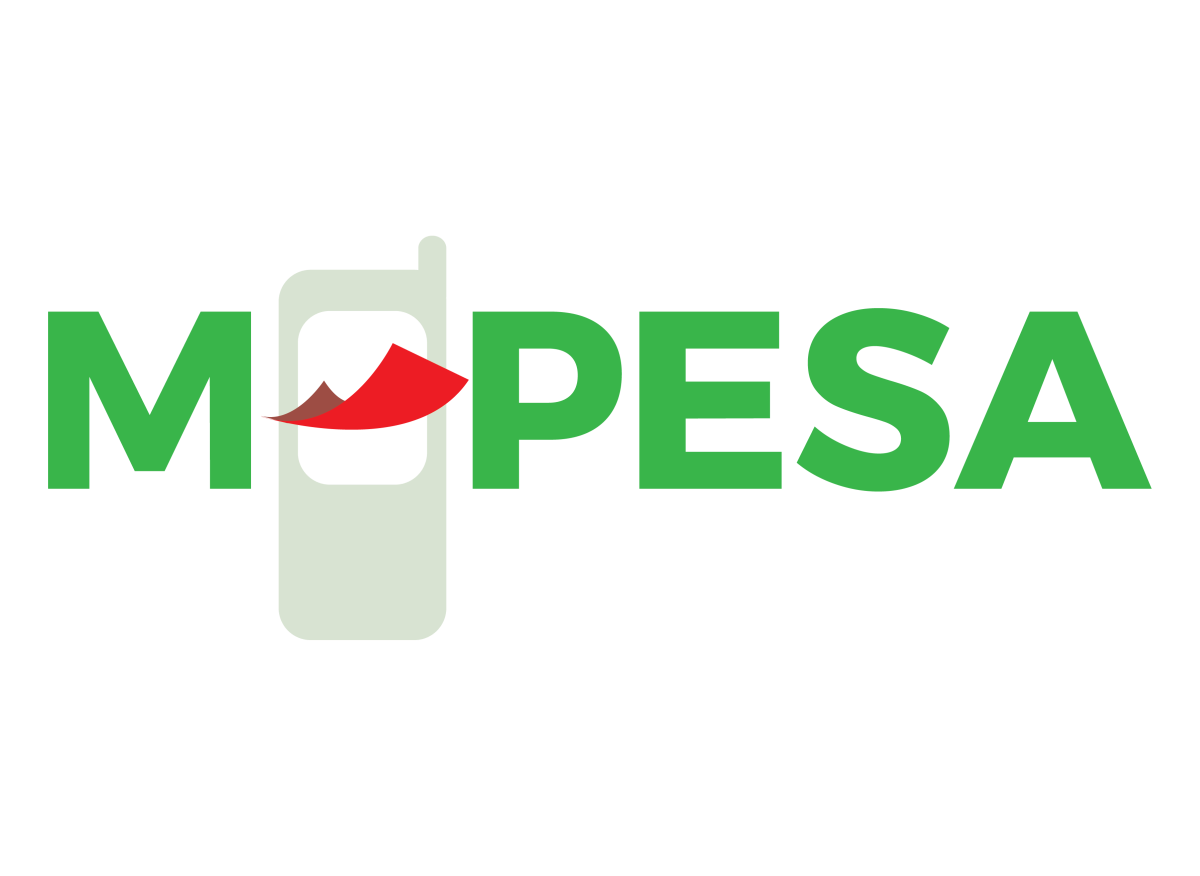Categories
Shop by Price
Brands
Collections
7 Products found
A transceiver is a device that combines both transmitter and receiver functionalities, enabling the transmission and reception of data over a network. In networking, transceivers are crucial for connecting different types of media, such as fiber optics and copper cabling, allowing for seamless communication between devices.
SFP and SFP+ Transceivers
Small Form-factor Pluggable (SFP) and SFP+ transceivers are widely used in modern networking. SFP transceivers support data rates up to 1 Gbps, while SFP+ transceivers can handle 10 Gbps. Both types are modular and can be easily swapped, making them versatile for various applications.
QSFP and QSFP+ Transceivers
Quad Small Form-factor Pluggable (QSFP) transceivers are designed for high-speed data applications. QSFP+ supports data rates up to 40 Gbps, making it suitable for data centers and high-performance computing environments. They can aggregate multiple channels into a single connection, optimizing bandwidth usage.
CWDM and DWDM Transceivers
Coarse Wavelength Division Multiplexing (CWDM) and Dense Wavelength Division Multiplexing (DWDM) transceivers are specialized for fiber optic communication. They enable the transmission of multiple signals over a single fiber by using different wavelengths, significantly increasing capacity and efficiency.
Conclusion
Transceivers are vital components in networking that facilitate efficient data transmission and reception. Understanding the different types of transceivers and their applications enables organizations to design scalable, high-performance networks that meet their specific needs. By investing in the right transceivers, businesses can ensure reliable connectivity and optimal network performance.
7 Products found
Copyright © 2024 elevenshops.com - All Rights Reserved.
